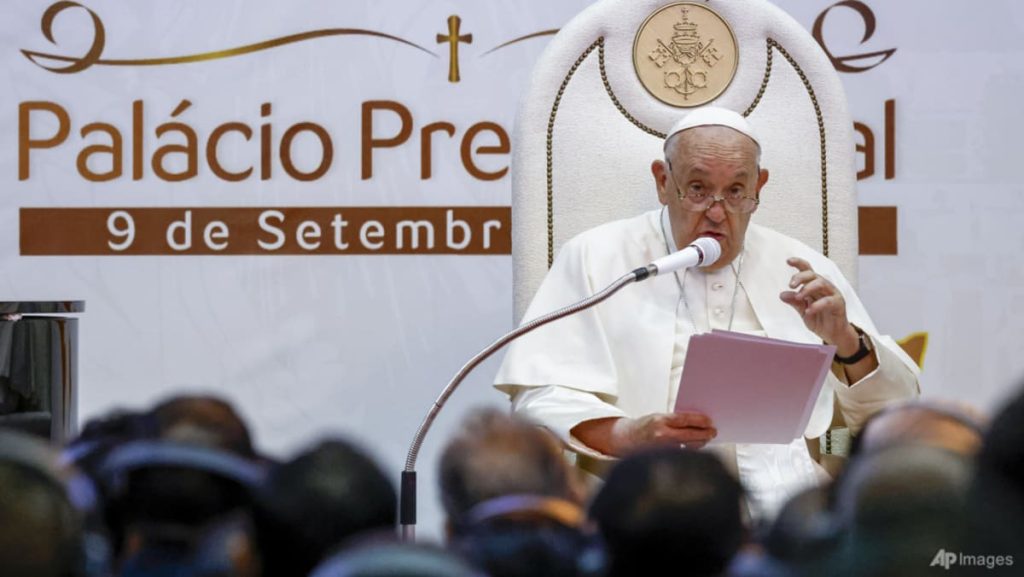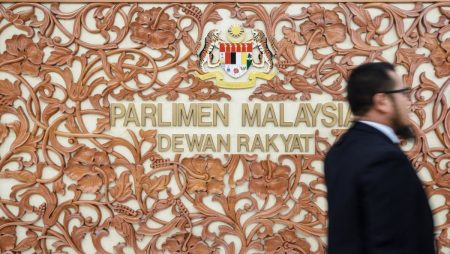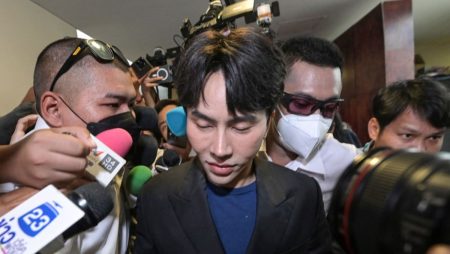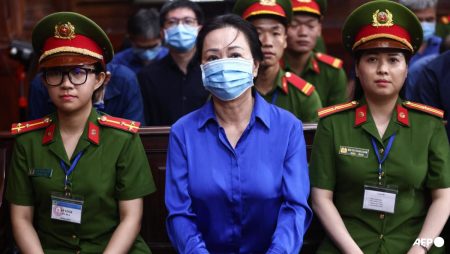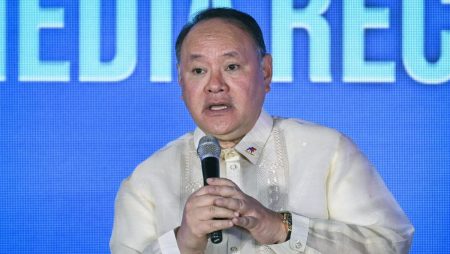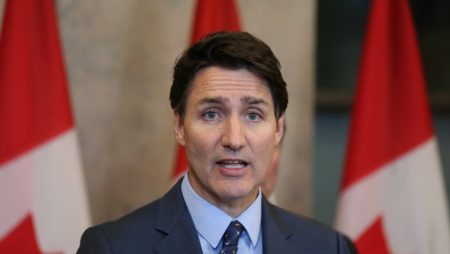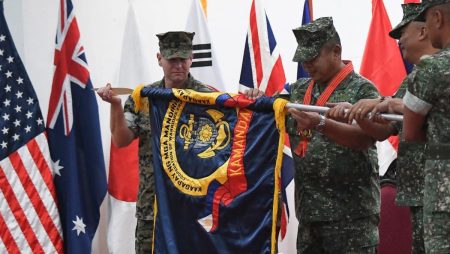Timor-Leste has a tumultuous history, having been under Portuguese rule for centuries before enduring a brutal occupation by Indonesia. A referendum supported by the United Nations eventually allowed the country to gain independence, marking a new era of “peace and freedom.”
During his visit to Timor-Leste, Pope Francis met with President Jose Ramos-Horta, a key figure in the country’s fight for independence who shared the Nobel Peace Prize with Bishop Carlos Belo. The pope’s comments on abuse echoed his concerns for justice and healing in the country.
The pope’s visit comes two decades after Timor-Leste achieved independence, following a long and violent struggle for freedom that left more than 200,000 Timorese dead. Francis is the first pope to visit the country since its independence, symbolizing a new chapter in its history.
Locals in Timor-Leste expressed hope that the pope’s visit would bring a message of harmony and peace, following similar sentiment during the pope’s visit to Indonesia. Prime Minister Xanana Gusmao led efforts to prepare the city for the visit, which included a major renovation and the relocation of street vendors.
Criticism arose from rights groups regarding the forced relocation of street vendors and demolition of makeshift homes in preparation for the pope’s visit. However, the government defended these actions as necessary to ensure the safety and security of both the pope and the worshippers expected to attend the mass.
Despite some controversy, the pope’s visit to Timor-Leste was met with enthusiasm and support from the community. His schedule included meetings with various groups, including Jesuits, children, and members of the Catholic faith. The highlight of the trip was a massive mass expected to draw 700,000 worshippers, during which the pope delivered messages of peace and unity.




